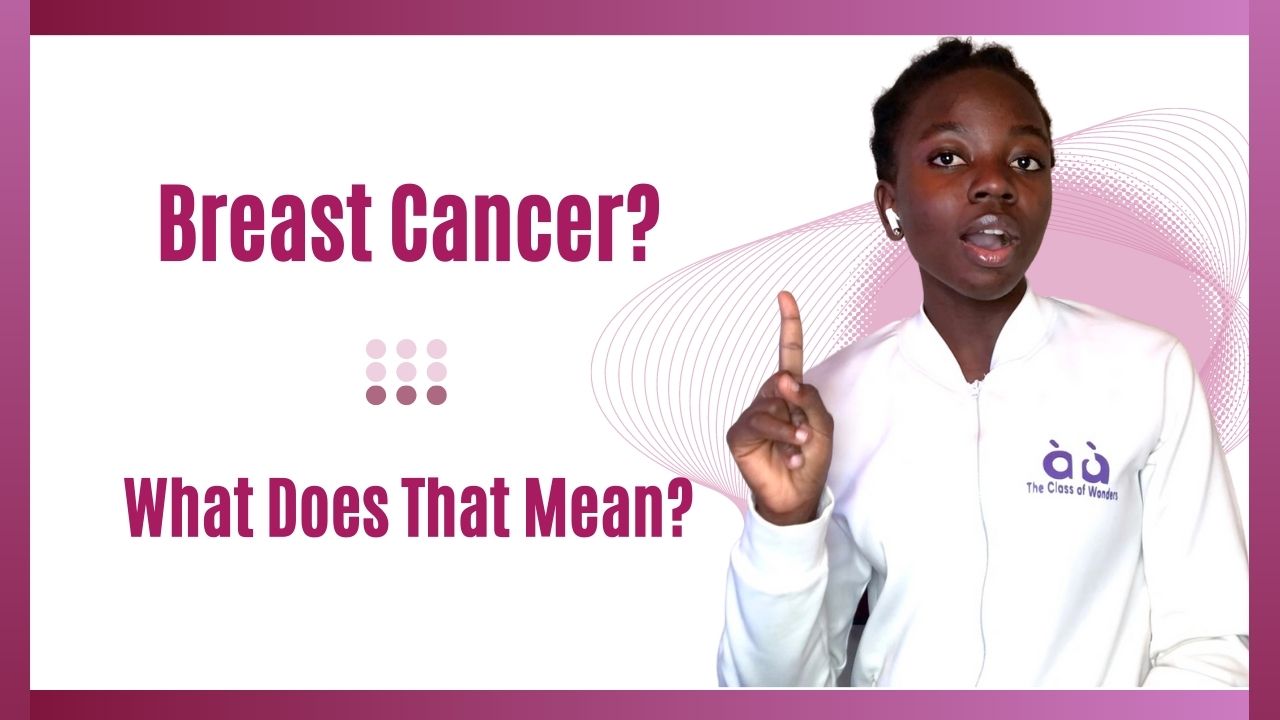Breast cancer is a topic that touches the lives of countless individuals, directly or indirectly. It is a disease that knows no boundaries – affecting women and, in rare cases, men, irrespective of age, race, or background. But amidst the fear and uncertainty that often surrounds it, there is a glimmer of hope and empowerment. By educating ourselves and spreading awareness, we can take proactive steps towards early detection, treatment, and prevention.
Breast cancer is the term for the unchecked growth of abnormal breast cells. Breast cancer, one of several cancer kinds, is the second most frequent cancer among women in the US after the cancer of the skin. Men do also develop breast cancer, although women are significantly more likely to be diagnosed with it.
Breast cancer? Why Does That Matter?
Why Does Cancer Occur?
Our bodies contain billions of cells. As the body requires more cells, healthy cells expand and divide to create new cells. When cells are damaged or get old, they degenerate. The genes that control cell development can become aberrantly mutated in malignant cells, which can lead to uncontrolled cell division. The old cells sometimes do not degrade as they should, and these cells will group together to form tumors.
Some cancer cells are only found in the breast (also known as “local to the breast”). Some cancer cells may eventually move to other parts of the body through the lymphatic or circulatory systems. The spread of cancer to another portion of the body is referred to as metastasis.
Types of breast cancer
Breast lobules or ducts are frequent sites for cancer cell initiation. The glands that produce breast milk are known as lobules. The lobules and nipple are connected by ducts that carry the milk. Ductal carcinoma is the term for breast cancer found in the ducts. It is known as lobular carcinoma when it occurs in the lobules. Noninvasive and invasive breast cancer are the two main types:
- Non invasive: Breast cancer that is not invasive is known as in situ carcinoma. In situ cancer refers to cancer that has not spread beyond the ducts or lobules. The only noninvasive form of breast cancer is ductal carcinoma in situ, or DCIS. When DCIS is diagnosed, it means that there are cancer cells in the milk duct lining. DCIS is also called intraductal carcinoma. Lobular carcinoma in situ, often known as LCIS, is a noninvasive breast change that can take place inside a breast lobule. LCIS is not cancer, despite the designation “carcinoma” in the acronym. It is a significant predictor of the development of cancer in the breast in the future. LCIS cells typically do not expand outside of the lobule or develop into cancer if untreated. CIS does, however, increase the risk of later developing invasive cancer.
- Invasive: An invasive cancer is one that has migrated into the tissue around the breast from the lining of a duct or lobule. Invasive breast cancer can be of two different types:
-
- The invasive ductal carcinoma (IDC): IDC begins from inside the ducts and then invades or spreads to neighboring breast tissue outside the ducts. The most common kind of invasive cancer is IDC.
- Invasive lobular carcinoma (ILC): This starts out in the lobules and then spreads to the breast tissue in the region. Invasive cancer can extend outside of the breast to the lymph nodes and even to the other parts of the body.
References
Living Beyond Cancer: Types of cancer
https://www.lbbc.org/about-breast-cancer/types-breast-cancer.
Accessed December 17, 2022.










Pingback: Beyond Weight Loss: Other Benefits of Ozempic and Wegovy.